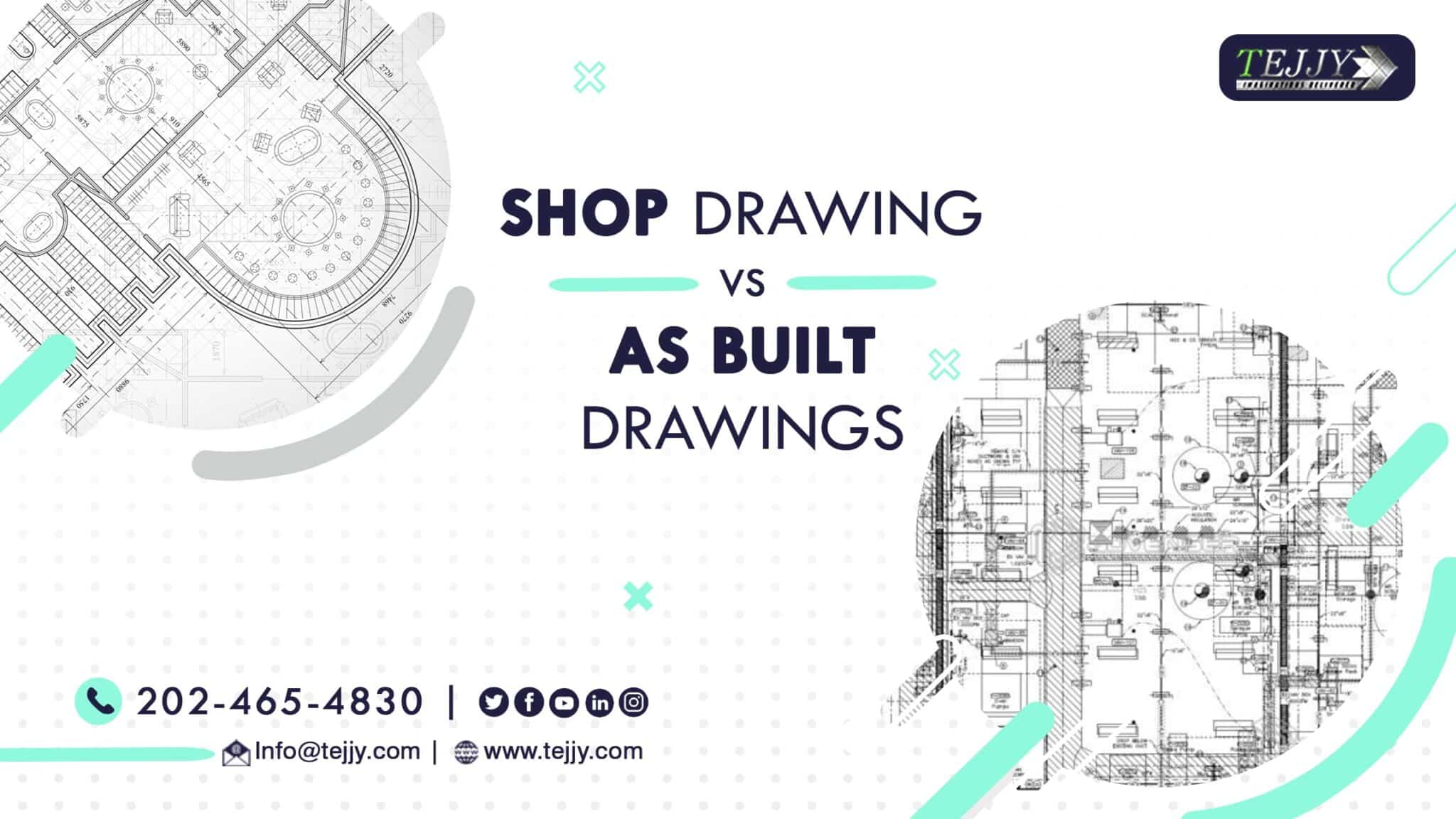


You will also need a work surface upon which you will be transferring the photo, such as paper, canvas, wood panel, etc. To use the grid method, you need to have a ruler, a paper copy of your reference image, and a pencil to draw lines on the image. Once you're finished, you simply erase or paint over the grid lines, and start working on your painting, which will be now be in perfect proportion! Yay. Then you draw the image on your canvas, focusing on one square at a time, until the entire image has been transferred. In a nutshell, the grid method involves drawing a grid over your reference photo, and then drawing a grid of equal ratio on your work surface (paper, canvas, wood panel, etc). While the process is not as quick as using a projector or transfer paper, it does have the added benefit of helping to improve your drawing and observational skills.

The grid method can be a fairly time-intensive process, depending on how large and detailed your painting will be. The grid method is an inexpensive, low-tech way to reproduce and/or enlarge an image that you want to paint or draw. Sometimes drawings or diagrams of components and construction details are provided in A4 and bound in with specification data (for example, a specific engineering construction detail).The Grid Method how to use the grid method to enlarge or transfer an image The size of drawing sheets should be consistent within a single set of project drawings. Hand-drawn or CAD (computer-aided design) drawings are acceptable.ĭrawing sizes vary, usually ranging from A0 to A4. symbols for building features and elements.the designer’s and owner’s name and the job addressĭrawing conventions should generally conform to AS/NZS 1100 Technical Drawing.This includes local bylaws or district plan requirements under the Resource Management Act.Īs a minimum, all drawings should contain: The guide includes recommended information unrelated to the Building Code but helpful to councils in determining whether the work complies or needs approval under other legislation. The descriptions are typical of the information that should be shown, but are not prescribed.ĭepending on the project, your application might need to include:

It includes information about drawings, including samples and descriptions of 13 different types of drawings.


 0 kommentar(er)
0 kommentar(er)
